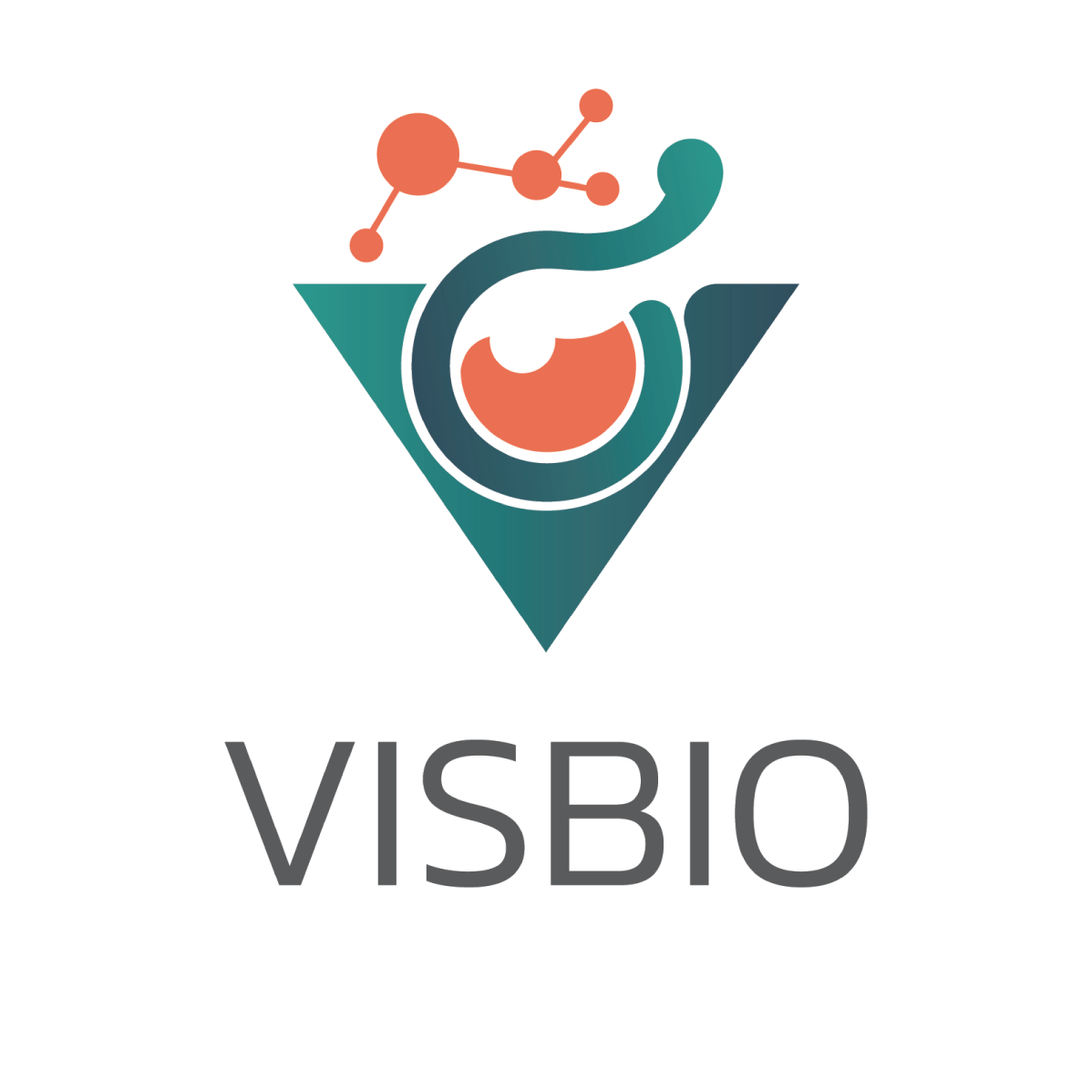Targeting tyrosine kinase activity within the human body has long been a cornerstone of advanced oncological treatment. However, a new wave of emerging research is revealing that nature-derived tripeptides may possess the remarkable ability to disrupt disease-related signaling pathways using smaller, safer, and far more versatile molecules. The latest discoveries involving a specific EGFR Inhibitory Tripeptides are opening up exciting new commercial opportunities that extend far beyond pharmaceuticals. These innovations are paving the way for next-generation respiratory health supplements, science-backed anti-aging nutraceuticals, and advanced cosmeceutical ingredients designed to regulate skin cell turnover and repair at a fundamental level.
A particularly promising breakthrough has identified a select group of short-chain tripeptides that can precisely bind to and inhibit the epidermal growth factor receptor (EGFR) tyrosine kinase domain. EGFR is a crucial transmembrane protein deeply involved in regulating cell proliferation and survival. While essential for normal function, it is known to be overactive and dysregulated in serious conditions such as non-small-cell lung cancer and a variety of other epithelial-related disorders. This overactivity makes it a critical and high-value target for interventions aimed at restoring cellular balance and promoting long-term health.
These innovative tripeptides were first identified, screened, and optimized using sophisticated in silico docking simulations, a computational method that predicts how molecules will interact. The most promising candidates were then synthesized and validated through rigorous in vitro testing on human lung cancer cells. The result of this meticulous, science-driven process is a peptide-based platform that holds immense promise for the future of respiratory and epithelial wellness. For forward-thinking brands in the functional food, beauty, or wellness sectors, this peptide discovery opens the door to a new class of naturally sourced actives that target one of the most clinically important cellular pathways in the human body.
Understanding the Role of EGFR in Health Aging and Disease
The EGFR pathway is a fundamental biological system that is absolutely essential for normal cell growth, differentiation, and tissue repair throughout the body. When a growth factor binds to the receptor on the cell surface, it triggers a cascade of signals inside the cell, instructing it to divide and grow. This process is vital for healing wounds, maintaining healthy skin, and repairing tissues like the delicate lining of the lungs. However, when this finely tuned pathway becomes dysregulated or overactive, it contributes significantly to the development and progression of several chronic diseases, including various forms of lung cancer, inflammatory skin conditions like psoriasis, and the visible, cellular processes of skin aging. This dual role makes it a highly desirable molecular target not only for oncology but also for preventative wellness formulations that aim to improve respiratory function, promote cellular balance, and support healthy epidermal regeneration.
Historically, most existing EGFR inhibitors are small-molecule synthetic drugs primarily used in cancer therapy. While often effective, they frequently come with a significant burden of high toxicity and can lead to the development of drug resistance over time, limiting their long-term utility. In stark contrast, short peptides, especially tripeptides, offer a gentler and potentially more sustainable alternative. Their low molecular weight, high degree of specificity for their target, and excellent biocompatibility make them exceptionally well-suited for use in daily supplements and topical formulations. This profile suggests a much lower risk of the side effects commonly associated with their pharmaceutical counterparts, aligning perfectly with the consumer demand for safe, proactive health solutions.
In this groundbreaking study, a library of multiple tripeptides was rationally designed and then computationally screened to meticulously assess their binding affinity. The specific target was the ATP-binding pocket of the EGFR tyrosine kinase domain, the “engine room” of the receptor that powers its signaling activity. Several peptide candidates showed highly promising docking scores and binding energy in these simulations, indicating a strong potential for effective inhibition. Based on this robust computational data, they were selected for physical synthesis and subsequent biological testing to validate their real-world effects.
In Vitro Validation Confirms the Anti-Proliferative Activity of the EGFR Inhibitory Tripeptides
To move from computational theory to biological proof, the synthesized tripeptides were tested on A549 lung carcinoma cells. This is a well-established and globally recognized standard human lung cancer cell line that is widely used in biomedical research specifically to evaluate EGFR inhibition. The results from these cellular assays were clear and compelling: the peptides demonstrated a dose-dependent inhibition of cell proliferation. This means that as the concentration of the peptide increased, the rate at which the cancer cells divided decreased. This finding strongly indicates that these peptides were successfully disrupting the EGFR-mediated signaling pathways that the A549 cells rely on to grow uncontrollably.
Among the various peptide candidates tested, one particular tripeptide stood out, showing the strongest inhibitory effect while simultaneously maintaining very low toxicity to the cells. This combination of high efficacy and a favorable safety profile makes it an ideal lead candidate for further development into a commercial ingredient. To understand how it was working, researchers revisited the molecular docking simulations. The models revealed that the peptide’s binding conformation allowed it to fit perfectly into the kinase ATP-binding site. It effectively occupied this critical pocket by forming multiple, stable hydrogen bonds with key amino acid residues within the EGFR protein. This validation across both computational models and live cellular systems provides a powerful layer of credibility and significantly enhances the application potential of these peptides for brands seeking scientifically-backed ingredients.
Applications Beyond Oncology Respiratory Nutraceutical and Beauty
Although the primary motivation behind targeting EGFR has traditionally been cancer therapy, the potential applications of these gentle yet effective tripeptides extend well beyond the realm of oncology. Their fundamental role in regulating cell division, repair, and signaling offers a multitude of additional benefits in preventative and restorative wellness, particularly in lung health, skin regeneration, and systemic aging support.
- Respiratory Health Supplements These peptides are ideal for formulating daily-use respiratory health supplements designed to support lung tissue recovery and enhance epithelial resilience. The epithelial cells lining the airways form a critical barrier against pollutants, allergens, and pathogens. By helping to regulate the normal turnover and repair of these cells, the peptides can offer profound protective benefits for individuals frequently exposed to urban pollution, industrial environments, or second-hand smoke. They could be combined with anti-inflammatory botanicals like curcumin or antioxidants such as quercetin, zinc, or vitamin C for powerful synergistic effects.
- Anti-aging and Nutricosmetics The “beauty-from-within” market is rapidly growing, and this EGFR Inhibitory Tripeptide is perfectly positioned to serve it. EGFR modulation supports regulated, healthy cell turnover, which may help delay aging-related cellular dysfunction throughout the body. Balanced epidermal regeneration translates to smoother skin texture and a more radiant complexion. In nutricosmetic blends, these peptides could be used in powerful combinations with collagen peptides (for structural support), hyaluronic acid (for hydration), and coenzyme Q10 (for cellular energy) to create a comprehensive formula that reduces the visible signs of aging from within.
- Functional Skincare and Cosmececeuticals Tripeptides that modulate this critical pathway can be powerful actives in topical serums or creams for skin renewal. They can help restore damaged skin barriers by promoting organized cellular repair. Furthermore, they can help regulate the overactive skin cell proliferation seen in common conditions like acne, eczema, or psoriasis, helping to calm the skin and restore balance. They could be formulated alongside retinol alternatives like bakuchiol or with niacinamide for potent yet gentle anti-aging regimens suitable for sensitive skin.
- Post-Illness or Recovery Formulas The role of EGFR in tissue repair is particularly relevant for recovery. These tripeptides may help support lung function recovery following viral infections that damage the respiratory epithelium. This makes them an ideal ingredient for inclusion in immune-recovery kits, travel wellness packs designed for resilience, or specialized convalescence blends aimed at helping the body rebuild and restore normal function after a period of illness.
Why Tripeptides Offer Unique Advantages for Wellness
Tripeptides occupy a “sweet spot” in molecular design for functional ingredients. They are small enough to be easily absorbed through the gut or skin, overcoming the bioavailability challenges that plague larger proteins. Yet, they are just long enough to fold into specific shapes that allow them to achieve highly specific receptor binding, avoiding the non-specific effects of single amino acids. Because they can be synthesized from natural sources or through precise enzymatic hydrolysis, they also satisfy growing consumer preferences for natural, sustainable, and traceable ingredients.
The tripeptides identified in this research are particularly compelling because of their:
- High Docking Affinity: They show a strong, specific attraction to the EGFR target, ensuring their action is focused.
- Demonstrated Biological Effects: Their anti-proliferative effects have been proven in relevant human cell lines.
- Favorable Safety Profile: They exhibit low toxicity, making them suitable for long-term daily use.
- Formulation Stability: They show high potential for stability in various aqueous or emulsified formulations.
- Versatile Delivery: They are compatible with a variety of delivery systems, including oral, topical, and encapsulated formats.
These characteristics make EGFR-targeting tripeptides an ideal candidate for product developers seeking high-efficacy actives with low regulatory barriers and strong consumer appeal.
Bridging Scientific Discovery and Commercial Product Innovation
The sophisticated use of molecular docking and peptide synthesis to identify and optimize bioactivity represents a major advance in the development of bioactive ingredients. These advanced techniques allow product developers to rationally design and fine-tune compounds for maximum efficacy and safety before investing in expensive and lengthy human trials. By leveraging peptide docking, EGFR interaction modeling, and in vitro screening, brands can now introduce bioactive peptides that not only perform exceptionally but are also supported by a clear, scientifically-proven mechanism of action. This is an increasingly important factor in making defensible product claims and navigating complex regulatory submissions globally. This technology-first approach also supports powerful brand storytelling around the concept of precision wellness, where consumers are offered products meticulously designed at the molecular level to target specific biological processes.
Partnering with VISBIO for Peptide Innovation
VISBIO offers specialized services in identifying, validating, and optimizing bioactive peptides for commercial use. Whether you are developing supplements, functional foods, skincare products, or therapeutic innovations, we help bridge the critical gap between academic discovery and consumer-ready formulations. With deep expertise in molecular docking simulations, EGFR and kinase pathway modeling, peptide screening and bioactivity testing, and commercial strategy for peptide-rich formulations, VISBIO empowers your innovation pipeline with science you can trust. Reach out for a free consultation and explore how our expertise in tripeptides can elevate your product development with the power of next-generation molecular nutrition.

About the Author:
Associate Professor Dr. Kiattawee Choowongkomon is a leading expert in biochemistry and proteomics, specializing in the development of bioactive compounds for therapeutic applications. His research bridges traditional medicinal knowledge with modern scientific innovation, creating impactful health solutions.
About the Research:
This study, titled “Identification of tripeptides against tyrosine kinase domain of EGFR for lung cancer cell inhibition by in silico and in vitro studies,” was published in Chemical Biology & Drug Design (2022) with the DOI 10.1111/cbdd.14010. It highlights the discovery of the tripeptide WFF as a potent inhibitor of lung cancer cells that utilizes a novel binding interaction with the EGFR tyrosine kinase domain.


